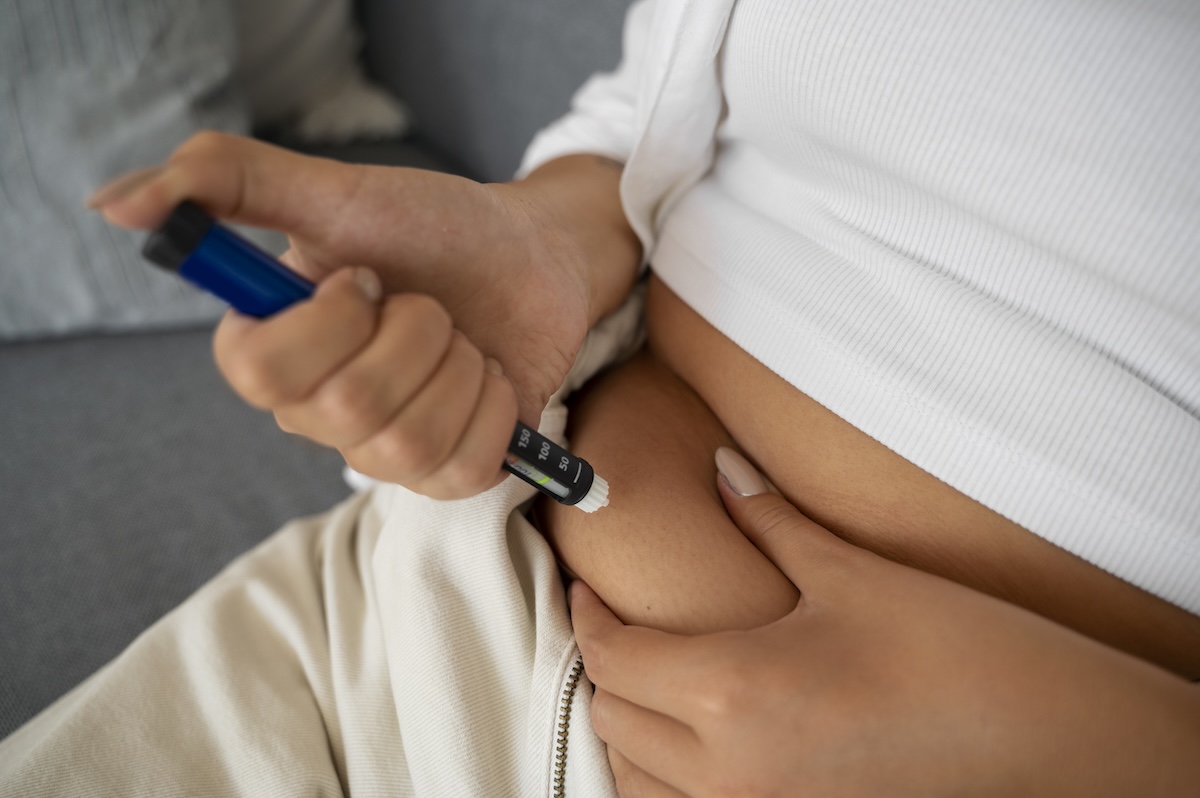Diabetes is a long-term condition that affects how your body uses sugar, also known as glucose. Glucose is a main source of energy for your body, and it comes from the food you eat. Your body uses a hormone called insulin to help move glucose from your blood into your cells. When you have diabetes, your body either doesn’t make enough insulin or can’t use it properly. As a result, glucose builds up in your blood, which can cause health problems over time.

Managing diabetes is important because high blood sugar can harm your heart, kidneys, eyes, nerves, and other parts of your body. The good news is that with proper care, many people with diabetes live long, healthy lives.
Types of Diabetes
There are a few main types of diabetes, each with different causes and treatments:
-
Type 1 diabetes: This is an autoimmune condition where the body attacks the cells in the pancreas that make insulin. People with type 1 diabetes must take insulin every day. It often starts in childhood or young adulthood.
-
Type 2 diabetes: This is the most common form. The body still makes insulin, but it doesn’t use it well. It usually develops in adults, but more children and teens are now being diagnosed due to rising obesity rates.
-
Gestational diabetes: This type happens during pregnancy and usually goes away after the baby is born. However, it increases the risk of developing type 2 diabetes later in life.
-
Prediabetes: This means your blood sugar levels are higher than normal but not high enough to be called diabetes. Without lifestyle changes, it can lead to type 2 diabetes.
Understanding the type of diabetes someone has helps doctors choose the right treatment plan.
Causes
The causes of diabetes depend on the type. In type 1 diabetes, the immune system mistakenly attacks insulin-producing cells in the pancreas. Experts don’t know exactly why this happens, but genetics and certain viral infections may play a role.
Type 2 diabetes is usually linked to lifestyle and genetic factors. Being overweight, not getting enough physical activity, having a poor diet, or having a family history of diabetes can all raise the risk. Over time, the body becomes resistant to insulin, and the pancreas can’t keep up with the extra demand.
Gestational diabetes is thought to be caused by hormone changes during pregnancy that make it harder for the body to use insulin. Certain women are more at risk, especially if they are overweight, over age 25, or have a family history of diabetes. Prediabetes often develops for the same reasons as type 2 diabetes and serves as a warning sign that it’s time to take action. How you can recognize diabetes? Continue reading on the next page.
